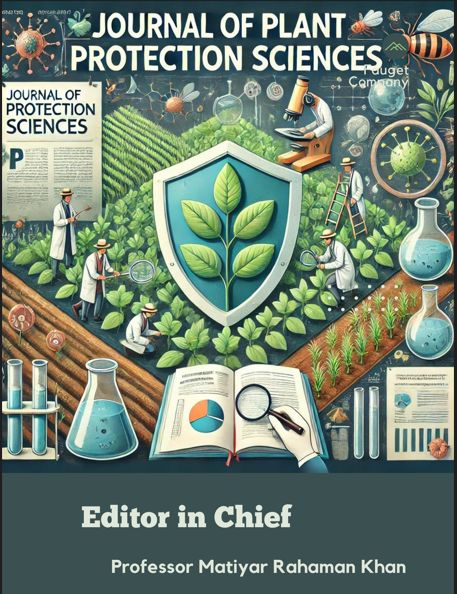Integration of chemical botanical and microbial insecticides for control of thrips, Scirtothrips dorsalis Hood infesting chilli
DOI:
https://doi.org/10.48165/Keywords:
Acetamiprid, thiamethoxam, ultineem, Bacillus thuringiensis (Bt), Scirtothrips dorsalis, Capsicum frutescensAbstract
A field experiment was conducted during winter season of 2004-05 and 2005-06 to evaluate the effectiveness of different conventional & eco-friendly insecticide (synthetic and biological origin) against thrips (Scirtothrips dorsalis Hood) infesting chilli (Capsicum frutescens). The effectiveness of four insecticides acetamiprid 0.004% (Dhanpreet – 20% SP), thiamethoxam 0.005% (Avant-25% WG), neem pesticide 0.4% (ultineem 1% W/W) and Bacillusthuringiensis, subsp. kurstaki (BT) at gL- 1 was evaluated in the field of Coastal Saline Zone of West Bengal against thrips. It is evident from the result of present investigation that acetamiprid and thiamithoxam were mo BT (43.43%) were found moderately effective. However, two sprays of acetamiprid and thiamethoxam followed by two sprays of neem pesticide and BT proved to be effective for management of thrips and it gave highest marketable yield, higher cost benefit ratio and percent reduction in thrips’ population.
References
Henderson CF Tilton EW. 1955 Tests with the acaricides against the brown wheat mite. Journal of Economic Entomology 48 : 157 – 61.
Jayewar NE Mundhe DR Wadnerkar DW Zanwar PR Narwade BP. 2003 Evaluation of acetamiprid 20 SP against sucking pests of chilli. Pestology 27 : 17-20.
^%Patel VN Gupta HCL. 1998 Estimation of losses and management of thrips infesting chillies In : National Seminar on “Entomology in 21st Century” Bio diversity, Sustainability, Environmental safety and Human Health held at Udaipur,India, 99 pp.

